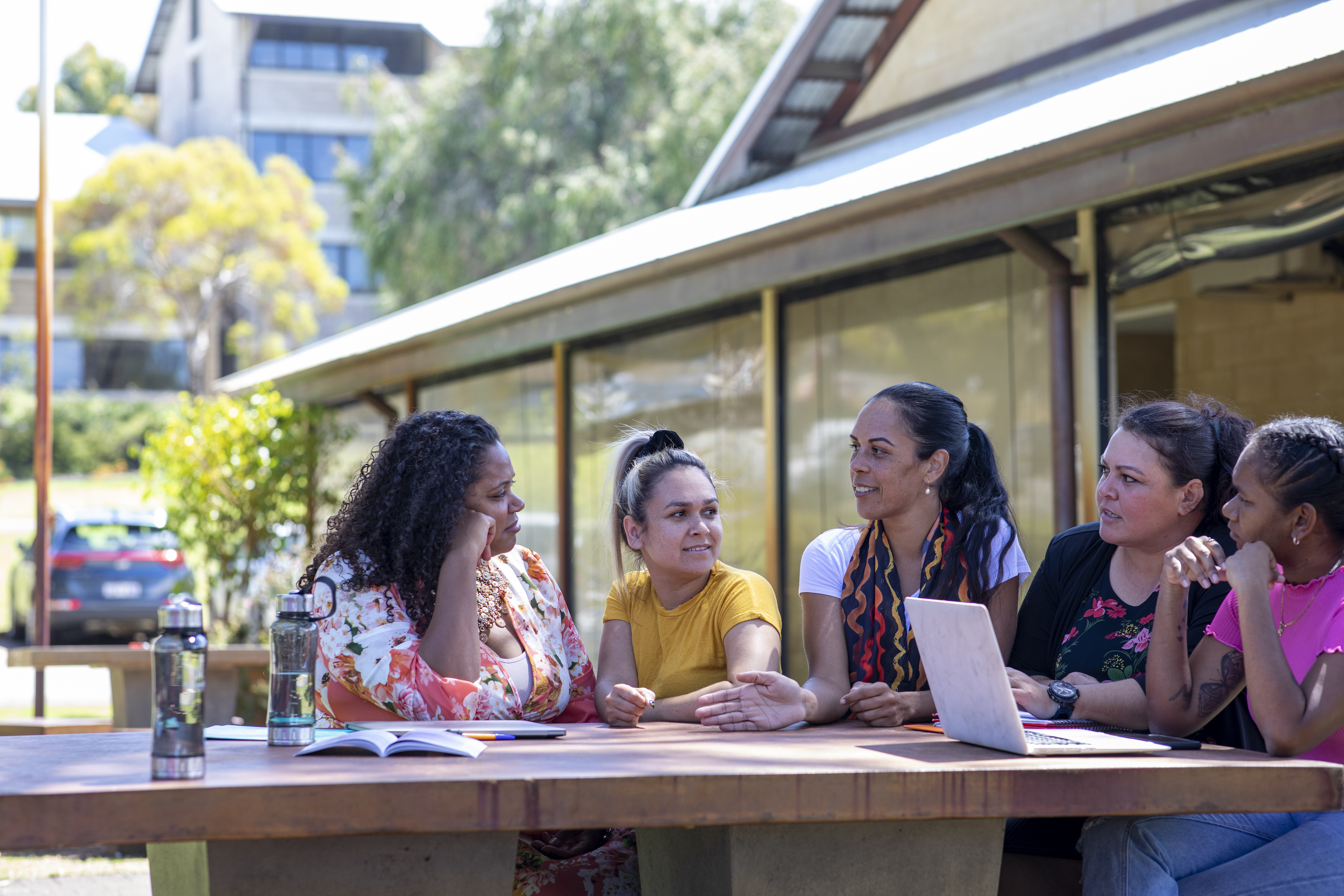
Business & Economics
Closing the gap in the Indigenous business sector

Each year, Indigenous businesses bring in at least $A4.9 billion; now first-of-its-kind research reveals the extent of the economic power and diversity of Australian Indigenous businesses
Published 30 April 2021
Annually, Indigenous businesses in Australia bring in a total of at least $A4.9 billion – well over the revenue of the entirety of the country’s beer industry output – and that doesn’t account for the additional significant economic, social and cultural benefits.
But until now, there has been little insight into this sector.
Our first-of-its-kind research reveals the importance of Indigenous business to the Australian economy.

Identifying and analysing Indigenous businesses from national data sources is challenging, with no Indigenous identifier available for Indigenous business owners to select when registering their businesses.
This data blind spot has meant rigorous, evidence-based measurement of Indigenous businesses’ contribution in Australia has almost been impossible.
The result? The decision-making environment for Indigenous business sector policy and program development is restricted by limited data, best practice examples and information pertaining to general business policy and data.

Business & Economics
Closing the gap in the Indigenous business sector
In order to rectify this, in 2018 our team commenced a long-term project to develop and maintain a longitudinal dataset of Indigenous businesses to track the sector’s development over time.
This involved integrating data from four Indigenous business registries – Supply Nation, ICN Gateway, Victorian Aboriginal Business Directory, and ORIC Database that are maintained to help Indigenous businesses visible for procurement – with the Australian Bureau of Statistics Business Longitudinal Analysis Data Environment (BLADE), to form the I-BLADE.
Like BLADE, I-BLADE is a statistical resource with business activity, tax and payroll information on Australian businesses that aims to unlock insights on business and industry dynamics, but with identifiers of Indigenous businesses.
Our report, the first in an annual series, provides an unprecedented snapshot of the Indigenous business sector – proving the economic power of Indigenous business in this country. It dismisses the many stereotypes and myths that have for decades led to lost opportunities for Indigenous business growth.

Over the 12-year period we examined, from financial year 2006 to financial year 2018, we found some extraordinary results.
There’s been a 74 per cent increase in the number of businesses operating in the Indigenous business sector, a more than doubling of sector-wide gross income (115 per cent growth), and more than 22,000 jobs created (100 per cent per cent growth).
When compared to non-Indigenous businesses, the data makes it clear individual Indigenous businesses are an unrecognised, but major, economic driver and employer.

Business & Economics
From #BlackLivesMatter to real workplace change
Registered Indigenous businesses (3,619 in total) are bigger on average, with, in 2018, an average gross income of $A1.6million – compared to $A400,000 among non-Indigenous businesses.
In 2018 registered Indigenous businesses employed 45,434 people. In fact, these Indigenous businesses on average employ seven times more workers (14 workers on average compared to 2 workers for non-Indigenous businesses) and pay 3.2 percent more.
The picture that emerges is a thriving sector which in some cases surpasses non-Indigenous businesses in size and employment outcomes on average.
Our research reveals the strength, diversity, economic power and size of Indigenous businesses in Australia.
Indigenous businesses in remote areas punch above their weight – while 26 per cent of all Indigenous businesses are in remote areas, they make-up 34 per cent of total gross income and 37 per cent of all employment for the remote area sector, with 14,030 jobs in total.

This illustrates the importance of the Indigenous business sector to remote Australia.
Australia’s Indigenous business sector is clearly benefiting Indigenous business owners through improved networks, business skills and financial wellbeing. But these benefits are likely to be dwarfed when considered against the wider public benefits to local communities and to all Australians.
These businesses provide public benefits through employing Indigenous people. By increasing Indigenous employment, income levels and wealth generation accelerates – moving an historically dispossessed and excluded population out of the welfare economy.

Politics & Society
Championing Indigenous women politicians
Indigenous businesses deliver a range of services to local Indigenous communities, including health and education services, in a culturally sensitive manner essential for ensuring trust and accessibility. They also provide cultural services to the wider community, through art and tourism, helping preserve and educate the wider community about the world’s oldest living culture.
The development of a vibrant business sector where Indigenous people participate and interact on equal terms with non-Indigenous Australians also helps build understanding and trust that is vital for healing the nation.
This research gives Australian society an appreciation of how Indigenous entrepreneurship has continued to thrive over 60,000 years, despite the challenge and dispossession of our colonial past.

In the future, we aim to provide an annual snapshot of the sector – tracking growth, industries, location and employment numbers.
As COVID-19 contact tracing has highlighted, comprehensive and timely data is paramount to measure policy impact, including across population sub-groups, and to identify when policy settings need adjusting.

Politics & Society
Going beyond healing to build Indigenous power
However, future work is needed to improve the data in I-BLADE on three fronts:
1. Improve the coverage of Indigenous businesses registries (for example, including registries from state-based Indigenous chambers of commerce) and the representation of Indigenous businesses in the registries;
2. Improve the quality of data in I-BLADE, including business financial information (for example, by developing measures of business sustainability) and registry data;
3. Extend the coverage of information in I-BLADE to capture policy impacts, like government and corporate procurement data, as well as measures that capture flow-on benefits to the community (for example, education and training participation, financial independence and health).
This is a big undertaking that involves support from existing and new data custodians – including all levels of government and corporate partners and Indigenous businesses.

Perhaps the biggest and most pressing issue is improving coverage of the sector. The fact that Indigenous businesses in these registries are much larger than non-Indigenous businesses suggests that smaller Indigenous businesses may be under-represented.
This may be because of perceived barriers to registering their business or indeed the value proposition of registering their business.
But it is often the invisible pockets of the community that need special attention from policy – that is, small businesses and start-ups.

Health & Medicine
Backing the strengths of Aboriginal young people
In order to reach our objective of establishing and developing a comprehensive longitudinal dataset of the Indigenous business sector, we need a more formalised, consistent and automated process for identifying Indigenous businesses that are registered as at least 50 per cent owned.
Ideally, this would involve a three-step approach – consolidating the Indigenous business registries into one, providing a ‘single-point’ registration for new businesses that want to register (which could trigger automatic registration on all existing registries) and, finally, an automatic process for new businesses to identify as Indigenous-owned when they are registered with the Australian Business Register (ABR).
Together, we can help shape the future of the Indigenous business sector.
Banner: Getty Images